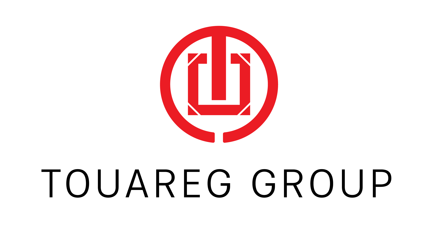



Investors turn to sustainable strategies for attractive return potential and opportunities to align with environmental or social themes. For many, it means taking advantage of a broad range of sustainable investment types, from equities and fixed income to non-traditional alternatives, such as real estate and infrastructure.
We think the broader sustainable investment universe provides another potential benefit when effectively and consistently applied: balance.
When unconstrained, a multi-asset approach can leverage a wide mix of sustainable investment building blocks to pursue returns and dial up or down risk levels over time—both of which are important to investors who prefer fewer bumps in their ride.
The ideal starting point for prospective sustainable investments are companies whose operations are tied to some or all of the 17 United Nations Sustainable Development Goals (UN SDGs). So far, 193 nations have pledged to hit UN SDG targets, which address economic prosperity, the environment and social inclusion, and it’ll take about US$90 trillion in investments globally to do so by 2030.
These are powerful tailwinds for companies aligned with UN SDGs, and they represent a roadmap of thematic opportunities across stocks, bonds and other investments for years to come. We consider health, climate and empowerment among the most logical and compelling themes, given the breadth of each’s supportive sub-themes (Display).

Three Sustainable Themes That Are Expected to Last
Stocks have offered the most attractive long-term return potential compared to other assets, but they’re prone to short-term volatility and losses. Certainly, equities of all stripes (style, cap size, region, etc.) remain a key pillar in a sustainable portfolio, especially as more companies enter the ESG space and global opportunities expand.
Similar alignments to global sustainability themes are also found in bonds, expanding the levers that multi-asset portfolios can use to make dynamic adjustments as markets shift. For example, the popularity of ESG-labeled bonds is exploding, with green bond issuance alone topping nearly US$4 trillion at year-end 2022, according to the World Bank.
It’s important to understand how each ESG-labeled bond can uniquely contribute to a sustainable portfolio. They fall into two broad categories: use of proceeds, and sustainability linked.
Use-of-proceeds bonds finance specific green or social projects. Take for example, an energy provider targeting using 99% renewable sources by 2025. Proceeds from its green bonds are used to fund projects such as offshore wind farms and other renewables, conversion of gas and coal plants to sustainable biomass, and clean energy storage.
Rather than financing individual projects, sustainability-linked bonds (SLBs) require that issuers meet specified sustainable key performance indicators within a specified timeframe—at the company level. For incentive, SLB frameworks can stipulate higher coupons if targets aren’t reached.
Some ESG-labeled bonds may not have specific green or social targets for proceeds, but the issuer has set certain sustainability targets that it seeks to achieve.
The diversification benefits of ESG-labeled bonds can go even further, considering the scope of issuers is much wider than companies, from non-profit agencies and provinces to sovereign nations.
Much like security selection, engagement* is a big part of the screening and integration process. Engagement entails meeting with issuers, reviewing their sustainability goals and even encouraging them to set more ambitious targets to attract investors.
AB regularly participates in early framing of an upcoming bond’s purpose and reach. For example, Canada’s finance department invited us to present our thoughts on a proposed seven-year ESG-labeled environmental bond in 2022, which at C$5 billion ranked it among the country’s largest and most sweeping. Bond proceeds were intended to finance nationwide biodiversity programs, cleaner transportation projects, wastewater management improvements, more renewable energy and other initiatives. AB has continued to engage with the Canadian government on topics such as green bond impact reports and future ESG-labeled bonds and frameworks.
The traditional diversification benefits of stocks and bonds can’t always be relied on, as we saw in 2022. For this and other reasons, we think sustainable multi-asset investors should consider expanding, albeit selectively, into non-traditional assets, which are a growing part of the ESG world. Such alternatives today include digital infrastructure, such as power-saving smart buildings and renewable energy generation.
Regional exposure also matters, as does a variety of style (low volatility versus growth stocks) and low-correlating factors such as hedge fund premia and options. Integrating measured, complementary exposure among these outliers may especially help offset biases that can slowly creep up. This helps manage short-term volatility while enhancing diversification in issuers that contribute to positive environmental and social outcomes.
Sustainable multi-asset portfolio construction strives to combine the best opportunities across asset classes and the ESG universe. We believe the efficient integration of these ideas, including tactical maneuvers when conditions change, can help manage downside risk and provide a more balanced sustainable investing experience.
Other News

